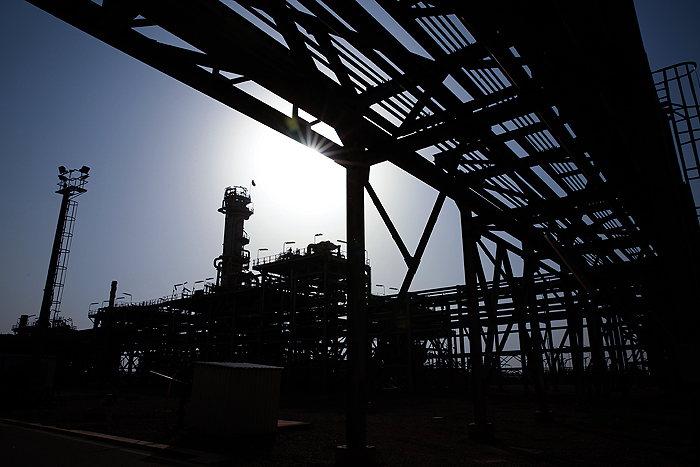But after international sanctions were lifted on Iran following the 2015 nuclear deal with six world powers, hopes were raised for investment in the jointly owned fields.
International oil companies endowed with financial resources, as well as advanced technology can come to Iran and develop joint fields.
Iran has shifted its focus on the development of joint oil and gas fields located mainly in South Pars and West Karoun. In the West Karoun area, Iran shares oil fields with Iraq. Three West Karoun oil fields recently started production.
The fields shared with Iraq have been proposed to foreign investors for future cooperation. Foreign companies can sign agreement with Iran based on the newly developed model of contract – Iran Petroleum Contract (IPC).
One of these fields in question is Arvand. The Arvand oil field is located 50 kilometers south of Abadan in Khuzestan Province. It lies at the entry of Arvandroud River. The field is 42 kilometers long and 13 kilometers wide.
Arvand is estimated to contain one billion barrels of oil in place with a recovery rate of 15%. Arvand also holds over 14 bcm of dry gas and 55 million barrels of gas condensate.
Discovered in 2008, the Arvand field lies along Iran-Iraq border. Drilling had started in Arvand in 2006 for the purpose of estimating the hydrocarbon potential of the formations in the Khami and Bangestan centers.
Four well logging operations were carried out in the Fahlyan formation to prove the existence of oil and gas in that formation. The Fahlyan formation holds light crude oil with API gravity at about 44.
The Arvand oil field is administered by the Arvandan Oil and Gas Production Company (AOGPC) whose production is estimated to reach 1.4 mb/d by 2025.
AOGPC is estimated to have the highest oil and gas production rate in the coming decade. A major facility inside this field is a 165,000-barrel-per-day processing unit. This treatment unit was built by National Iranian Oil Company during years when Iran was under sanctions. A variety of crude oil may be processed at this facility. Thanks to the existence of this treatment facility, the return of investment will be fast. Any investment in the development of the Arvand oil field will have a good rate of return. The short distance between the Arvand field and the treatment facility is an indicator of the fast development of the oil field.
Several years ago, an agreement was signed between AOGPC and the Iranian Offshore Engineering and Construction Company (IOEC) for the development of the Arvand oil field, but the agreement was never implemented due to financial and other problems.
The Arvand oil field is expected to produce 5,000 b/d of oil in the first phase, which would reach 20,000 b/d in the final phase. The investment needed for the development of this field stands at $135 million, which is likely to increase. The API gravity of oil contained in Arvand varies between 39 and 43. The Arvand oil is planned to be delivered to the Abadan refinery.
Iran and Iraq share eight oil fields along their joint border with combined recoverable reserves of 14 billion barrels.
The eight fields are Dehloran, Naftshahr, West Paydar, Azar, Azadegan, Yadavaran, Dehloran and Arvand. These fields have different names on the Iraqi side. Nine percent of Iran's crude oil reserves exist in the fields shared with Iraq.
As recovery from jointly owned fields leads to migration of hydrocarbon, NIOC officials are concentrating on the development of such fields.
Courtesy of Iran Petroleum


Your Comment